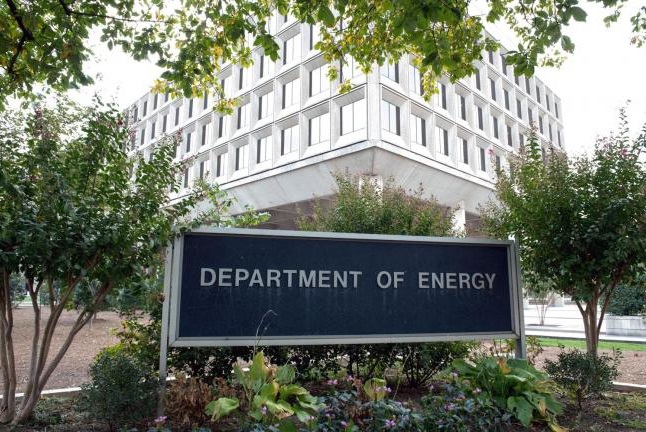US DOE to Provide $100 Million to Scale Carbon Removal Projects

The U.S. Department of Energy (DOE) announced the launch of a new funding opportunity, providing up to $100 million to support projects to remove, store and utilize carbon from the atmosphere, as part of efforts to develop a commercially viable carbon dioxide removal industry in the U.S.
Carbon removal is emerging as a key tool in the fight to address climate change, although most technologies and solutions to capture and store carbon from the atmosphere remain at fairly early stages. According to the landmark IPCC climate change mitigation study released last year, scenarios that limit warming to 1.5°C include carbon dioxide removal (CDR) methods scaling to billions of tons of removal annually over the coming decades.
The new funding opportunity follows the launch by the DOE in 2021 of the Carbon Negative Shot, aimed at supporting innovation in CO2 removal pathways – such as Direct Air Capture (DAC), soil carbon sequestration, ocean-based CO2 removal, and reforestation, among others – to enable carbon capture and storage at gigaton scales for less than $100 per net metric ton of CO2e by 2032.
According to the DOE, the new opportunity aims to support the Carbon Negative Shot objectives, and will back projects removing carbon dioxide directly from the atmosphere for storage in geological, biobased, and ocean reservoirs or for conversion into value-added products.. Focus areas for the funding announcement include small biomass carbon removal and storage pilots, small mineralization pilots to test enhanced mineralization technologies, and supporting testbed facilities for evaluating, developing, and integrating multiple carbon dioxide removal pathways across ecosystems, climates and communities.
Brad Crabtree, Assistant Secretary of Fossil Energy and Carbon Management, said:
“DOE’s funding of carbon dioxide removal technology pilots and testing facilities will help accelerate the commercialization and wider deployment of technologies that are essential, not only to achieving the Biden-Harris Administration’s net-zero goals, but also to enabling the clean-up of legacy emissions thereafter.”